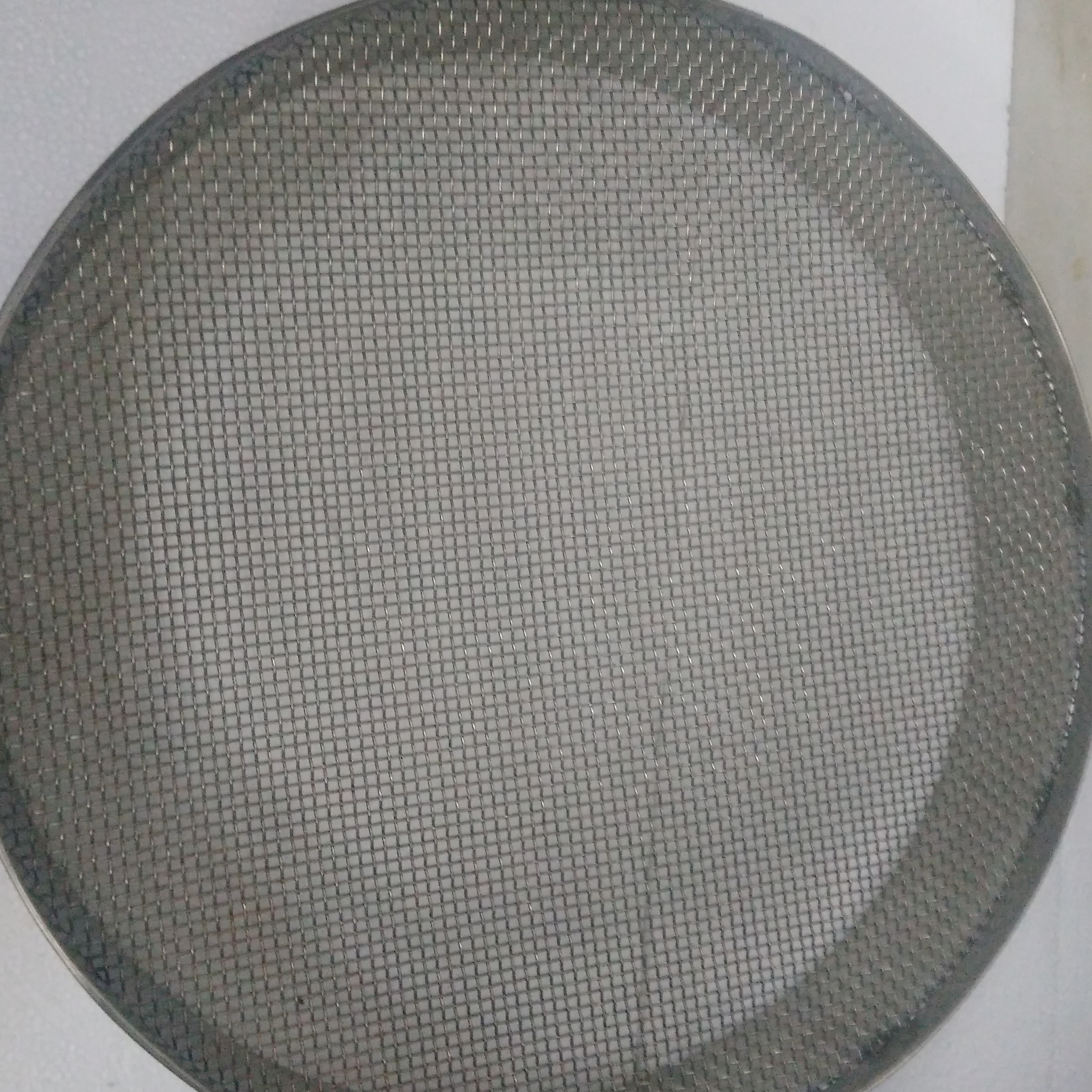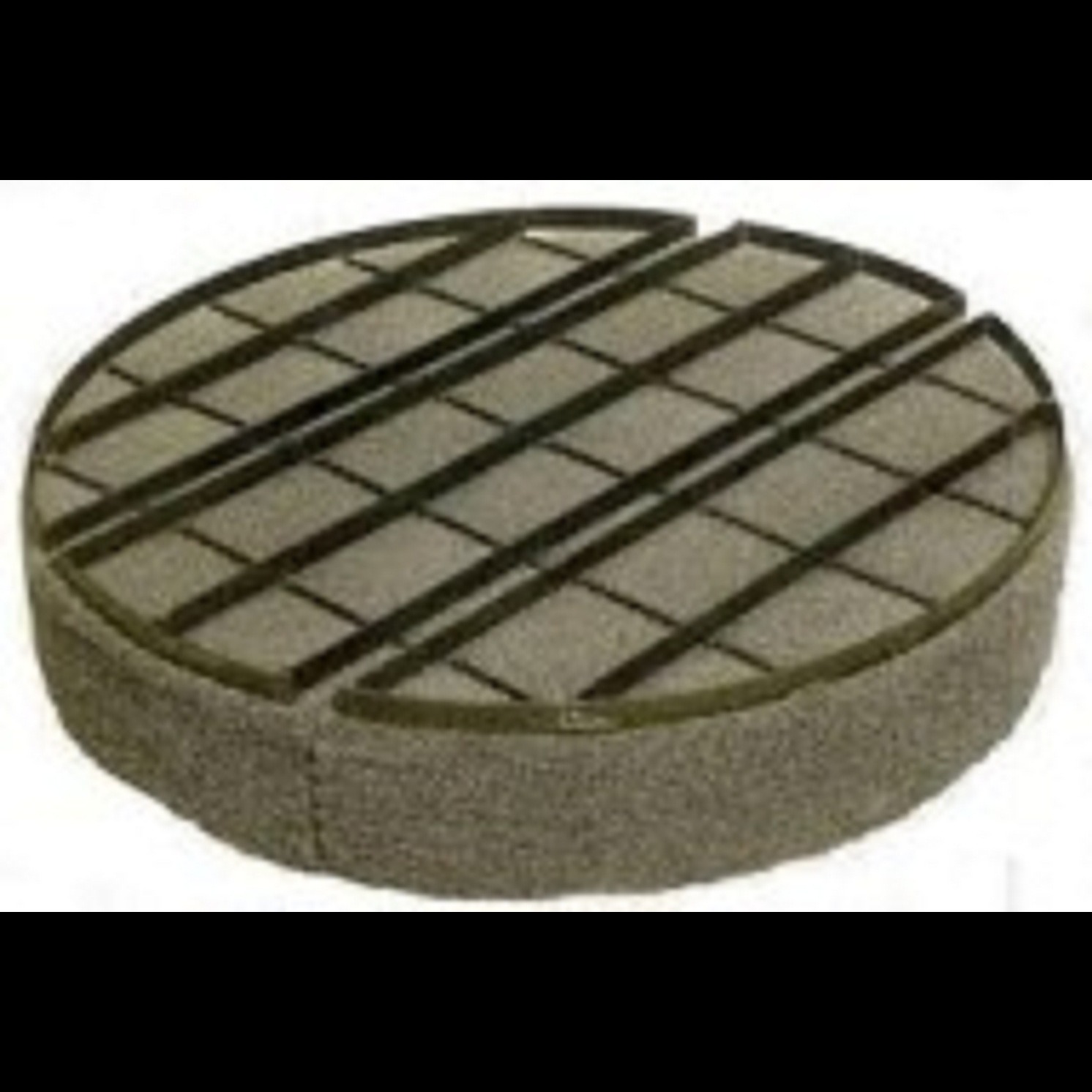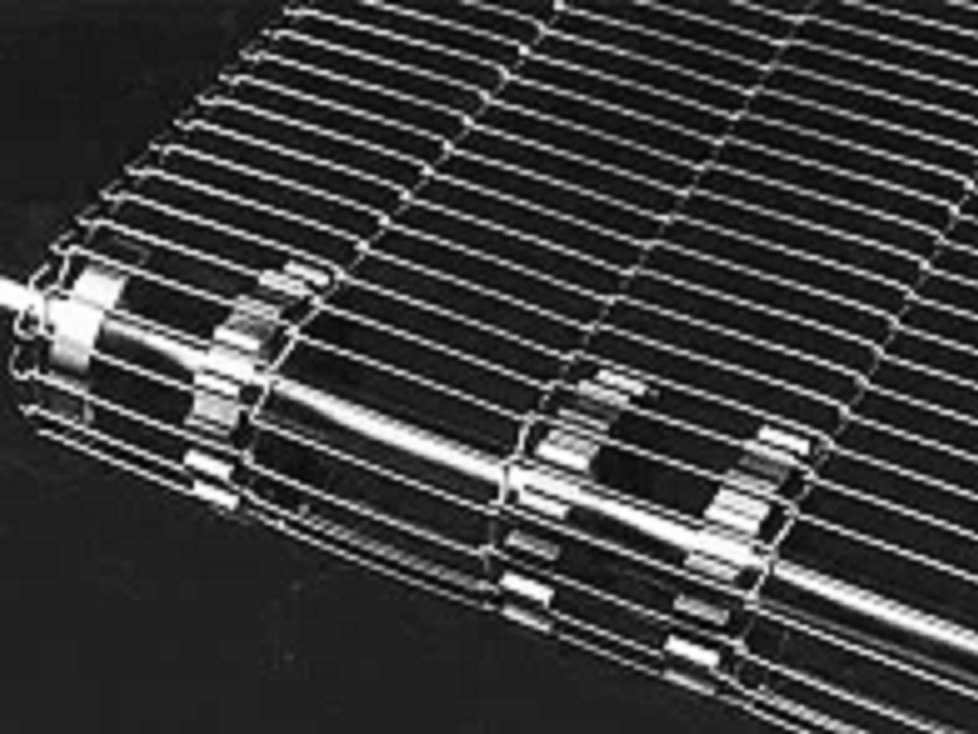
test sieve
Originating from hand-sieving techniques, test sieve analysis is a particle size analysis method that has been practiced for centuries. From the coffee grounds that give us a boost throughout the day to the fertilizers we use to make our yards pop, test sieve analysis is responsible for ensuring the products we use work as intended.
Regardless of how you carry out your test sieve analysis process, the most integral tool in your lab are your test sieves. In fact, your sieve analysis test results are only as accurate as your test sieves.
As the creator of the Tyler Standard Scale Sieve Series, W.S. Tyler has been a leader of innovation in the particle size analysis industry for over 150 years. We strive to share the experiences we've had over the years so you are better equipped to navigate the market and refine the way you test material.
For that reason, the following article was written to shed light on what a test sieve is and its role in the world of particle size analysis. You will learn:
A test sieve is a scientific screening instrument, that utilizes wire sieve cloth mounted on a rigid frame to help generate a reliable particle size distribution curve. Sieves with variating mesh openings are typically stacked on top of each other, working to separate the particles of a material sample based on their size.
Now, the parameters surrounding test sieve analysis vary from industry to industry. That said, how you construct your test sieve stack will be reflected in your industry standards.
What Is a Test Sieve Used For?
When someone asks “what is a sieve used for?”, its best to refer to panning for gold as a simplified example.
Imagine someone shaking a pan full of dirt and water looking for pieces of gold. As they shake the pan up and down and from side to side, the small pieces of dirt and water fall through the openings in the screen. The bigger pieces of rocks don’t go through the holes, and they can search through what’s left in the pan for gold.
At a very basic level, this is a test sieve.
Test sieves are used in all kinds of industries to perform particle analysis. Sometimes the particles are super fine, like in the food or pharmaceutical industry. Sometimes the particles can be larger, like in the agricultural and mining industry.
A sieve shaker, such as the W.S. Tyler RO-TAP Sieve Shaker, is a machine that uses some type of agitation to separate the particles down through a stack of sieves. This gives the user a different size sample in each sieve.
Nonetheless, test sieves can be used individually or several can be stacked on top of each other in a sieve shaker.
Keywords
top
lab
way
day
pan
fact
role
gold
dirt
user
side
type
food
holes
world
kinds
light
water
rocks
yards
boost
reason
market
leader
creator
machine
someone
products
agitation
particles
150 years
centuries
industries
parameters
innovation
test sieves
fertilizers
basic level
experiences
rigid frame
small pieces
agricultural
integral tool
bigger pieces
coffee grounds
material sample
mining industry
test sieve stack
wire sieve cloth
particle analysis
following article
industry standards
simplified example
different size sample
hand-sieving techniques
variating mesh openings
pharmaceutical industry
sieve analysis test results
test sieve analysis process
particle size analysis method
W.S. Tyler RO-TAP Sieve Shaker
particle size analysis industry
scientific screening instrument
Tyler Standard Scale Sieve Series
reliable particle size distribution curve




